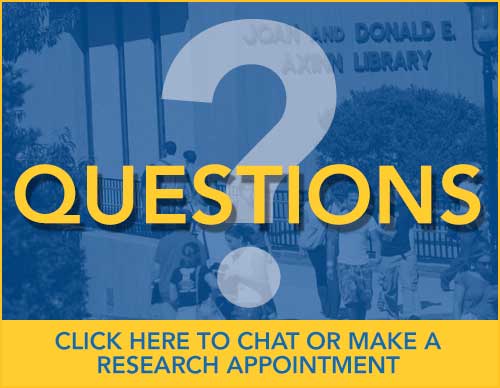Readers and Reading in American Education
Readers and Reading in American Education
The exhibit features the Nila Banton Smith Historical Collection in Reading and traces the evolution of teaching methods and materials from the hornbook and battledore of the colonial period through the McGuffey Readers at turn of the twentieth century.
Included in the exhibition are samples of different approaches to reading instruction -- Alphabet Method, the Phonic and Whole Word Methods, and the Sentence and Story Methods.
These approaches affected the form and substance of the readers which were produced in abundance as the need to educate young Americans became apparent. Whether as a mean of reinforcing the faith in the form of religious instruction, or as a means of establishing the newly emerging nation the new teaching methods required ever more sophisticated tools. Educators vied with one another to produce the most effective readers, each of which reflected the latest instructional trends. Innovations such as new alphabets or diacritical markings to differentiate the various sounds made by each letter.
The viewer who is familiar with modern issues in reading instruction may recognize in this historic survey elements of the various issues which continue to plague educators to this day. Questions, not only of how children learn, but of how and why they should be taught, are as old as the colonial period and as new as today.
Samples in this exhibition include ABC books, Syllabaria, and Spellers. The most famous of the nineteenth century readers were those produced by William Holmes McGuffey, who combined elements of each of these methods in his various Eclectic readers.


